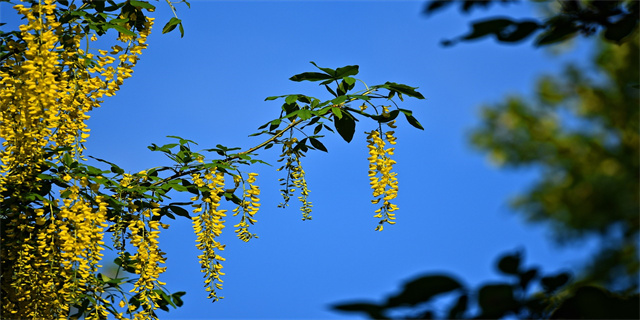Yolanda: A Tale of Resilience and Hope
Introduction
Yolanda was a devastating super-typhoon that made landfall in the Philippines on November 8, 2013. It was one of the strongest storms ever recorded, leaving a trail of destruction and loss in its wake. This article explores the impact of Yolanda, the resilience of its survivors, and the efforts undertaken for recovery and rebuilding.

The Wrath of Yolanda
Yolanda unleashed its fury on the Philippines with wind speeds reaching up to 315 km/h (195 mph) and a storm surge that caused massive coastal flooding. This Category 5 typhoon brought destruction to many areas, including Tacloban City, Leyte, Eastern Samar, and other provinces in the Visayas region. Buildings were leveled, roads and infrastructure were destroyed, and thousands of lives were tragically lost.

The Resilience of the Filipino People
In the midst of the devastation, the Filipino people displayed unimaginable resilience and courage. Communities came together to support one another, providing aid, and sharing resources. The Filipino spirit of \"bayanihan,\" or collective heroism, was evident as individuals volunteered their time, efforts, and resources to help the survivors. This spirit of solidarity proved essential in the immediate aftermath and during the long and arduous journey of rebuilding.
Recovery and Rebuilding Efforts
The road to recovery and rebuilding was a challenging one, but the Filipino people, along with various local and international entities, banded together to overcome the obstacles. Immediate relief efforts focused on providing emergency aid such as food, water, and medical supplies to the affected areas. Temporary shelters were established to provide a safe haven for those displaced by the disaster.
As time passed, long-term recovery plans were formulated. These focused on rebuilding infrastructure, housing, and livelihoods in a more resilient and sustainable manner. Efforts were made to construct stronger buildings and implement disaster risk reduction measures to better prepare for future storms. Livelihood programs and support for farmers, fishermen, and small business owners were also put in place to restore economic stability to the affected communities.
Hope and Resurgence
Despite the immense challenges faced by the survivors, hope began to emerge as signs of progress and resilience became more evident. Communities started to flourish, with schools reopening, businesses thriving, and agricultural activities resuming. The spirit of Yolanda survivors and their determination to rebuild their lives became an inspiration for people worldwide.
The experience of Yolanda also highlighted the need for improved disaster preparedness and response. The Philippines, being prone to natural disasters, implemented significant changes in disaster management policies and practices. Early warning systems were enhanced, evacuation plans were reviewed and strengthened, and disaster response coordination was improved to ensure a more efficient and effective response in the face of future disasters.
Conclusion
The story of Yolanda is one of tragedy, resilience, and hope. It serves as a testament to the strength and spirit of the Filipino people and the power of international solidarity. Through the collective efforts of individuals, communities, and organizations, the affected areas have seen remarkable progress in recovery and rebuilding. The lessons learned from Yolanda continue to shape disaster management practices and efforts worldwide, ensuring a better prepared and more resilient future.
版权声明:本文内容由互联网用户自发贡献,该文观点仅代表作者本人。本站仅提供信息存储空间服务,不拥有所有权,不承担相关法律责任。如发现本站有涉嫌抄袭侵权/违法违规的内容, 请发送邮件至3237157959@qq.com 举报,一经查实,本站将立刻删除。
